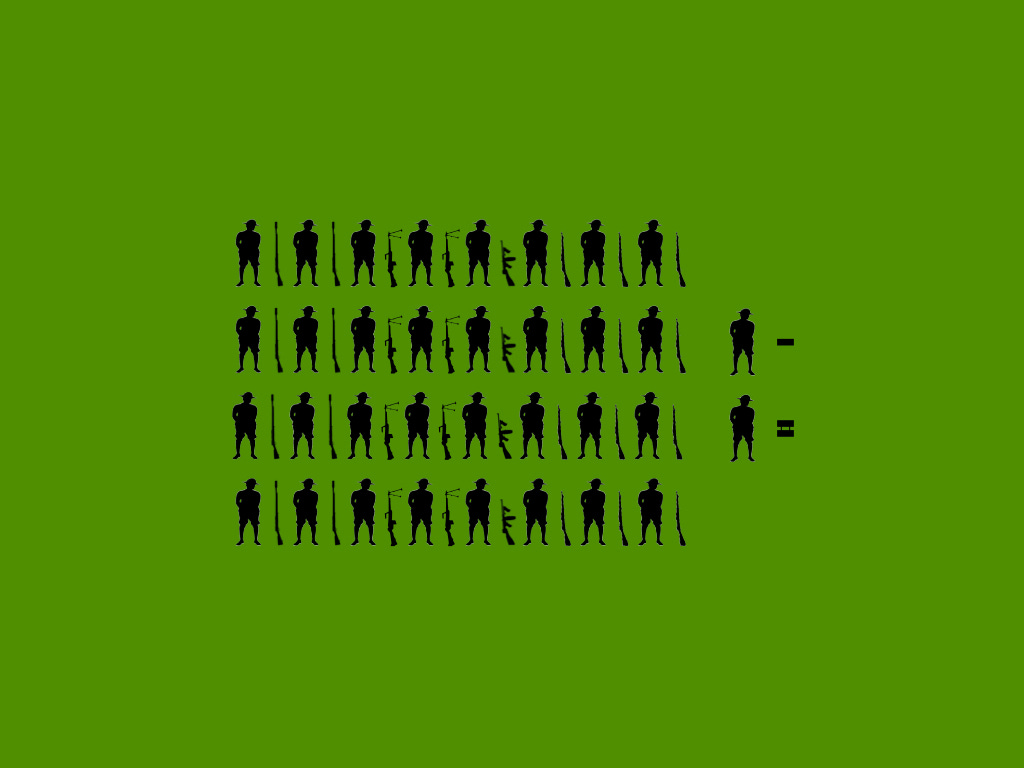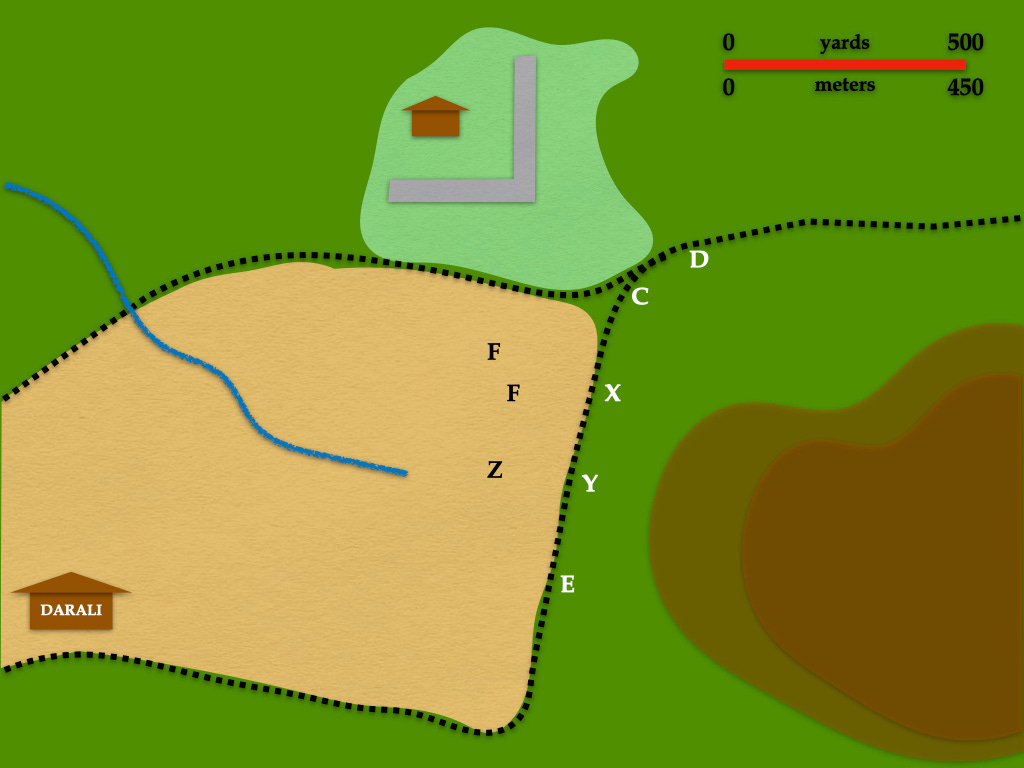A Skirmish in Nicaragua (Problem VI)
Historical Map Problems
Written by Lieutenant Harold D. Harris, USMC, this exercise appeared in Volume XI (January 1936) of the Infantry School Mailing List and Volume 21, Number 11 (November 1938) of The Leatherneck.
This is the sixth problem in the exercise. If you have not done so already, you will probably want to begin at the beginning.
HISTORICAL SOLUTION
The captain issued a submachine gun, an additional Browning automatic rifle, and an additional grenade discharger to each squad he took with him. Also plenty of ammunition, including hand and rifle grenades, was distributed. Thus each squad was armed with two automatic rifles, two grenade dischargers, one Thompson sub- machine gun, and three rifles.
DISCUSSION
The captain knew that he must offset the numerical superiority of the bandits by increasing the normal fire- power of the four squads. This he did as we have just seen. He knew that the fire of the automatic rifle is equivalent to that of several riflemen, that it furnishes the fire support of the squad in advancing, and that gre- nades are effective at short ranges against an enemy who has sought shelter in trenches or behind cover where rifle fire cannot reach him.
These four squads, though powerful in the fire fight, were highly mobile, particularly in dense undergrowth and mountainous terrain.At 10:45 PM the patrol on foot is under way. One officer [the captain], one warrant officer, and 32 men start out to engage a force of some 300.
CONTINUATION
Just after dawn the relief patrol is descending Darali Mountain. As the men at the head of the column arrive at E they look along the trail to the north, and there in the dim light of dawn lay the mutilated bodies of six Marines.
Then, they suddenly see a swarm of bandits rushing out of the jungle on the right, across the trail and toward the cornfield, waving machetes and yelling, "Viva Sandino -Muerte a los Yanquis!”
This is a target and without hesitation the leading squad opens fire. Marksmanship is poor in the dim light at this range, but the bandits melt like magic back into the brush. Although this is the first warning they have of the arrival of another force of Marines, the bandits are not long in meeting the situation. The patrol soon receives heavy fire from brush near X and from the house and stone wall.
But before long the entire patrol is under cover in the cornfield on the line FF, facing generally northeast. The fire fight starts with neither side gaining an advantage at first. The lieutenant, still in the cornfield, soon joins the captain and relates the situation as he knows it. As he talks the Marines received heavy fire from Y, then some from Z. The bandits are extending their line and will soon envelop the relief patrol. The present position is untenable. The captain's mission is to reach the convoy patrol still in the defile.
REQUIREMENT
You are the captain. What are your actions and orders?
The next step in this exercise is the historical solution, which can be found here. If you wish to reap full benefit from this decision-forcing case, please refrain from reading the historical solution until you have come to a decision.
Please feel free to use the comment section to describe your solution to this problem. In doing this, please refrain from posting any information that would spoil the problem for your fellow readers.





Assault the house. We have significantly more firepower than the bandits so even if strongly held, automatic rifles and grenades should be enough to clear it. Once taken, and held against counterattacks, possession of the house and wall should at least mean that we're no longer being attacked from both flanks (and are able to inflict substantial casualties on the enemy). Thereafter attempt to push out to reach the stranded squads.